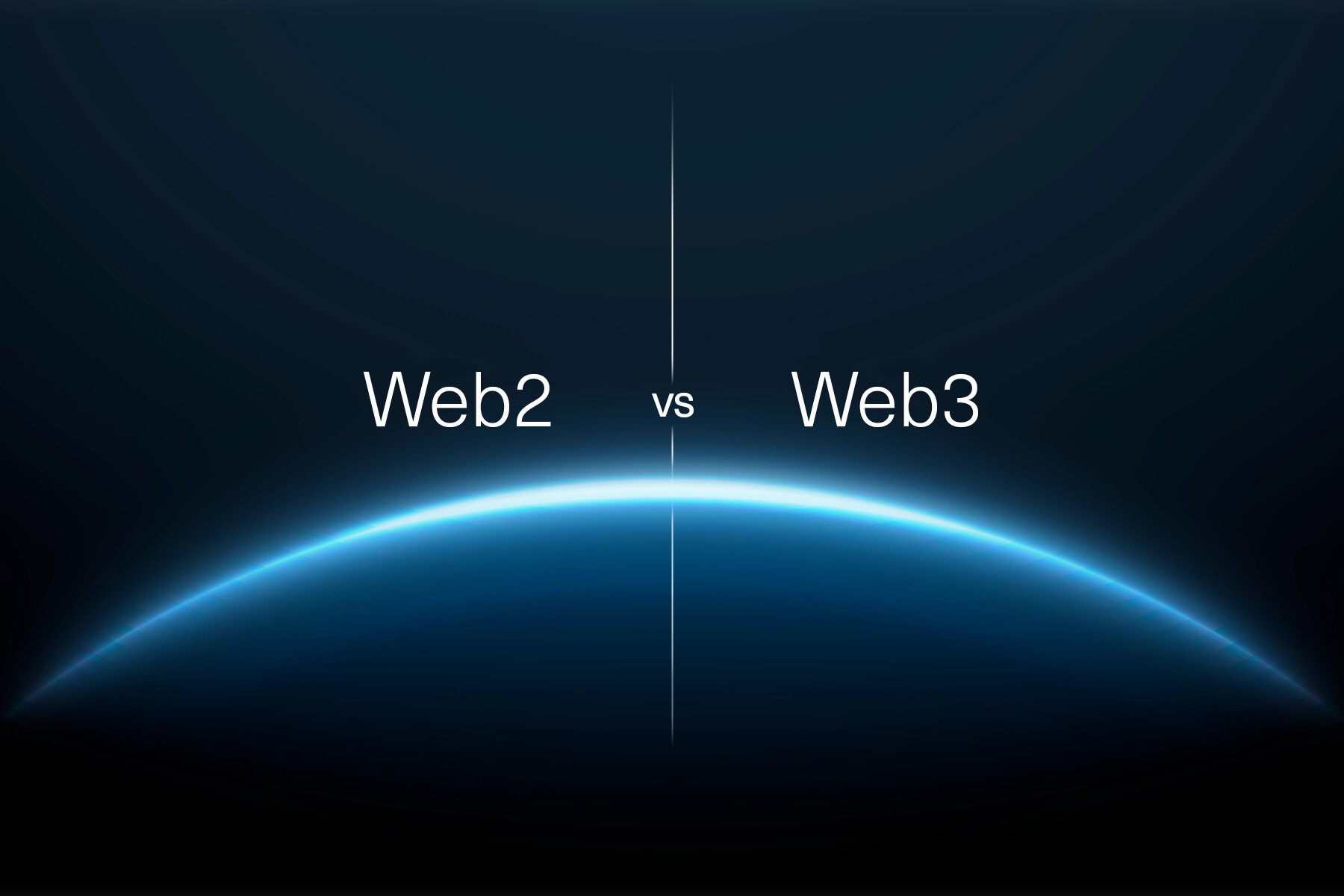TABLE OF CONTENT
Key Definition of Web2 vs Web3
Between Web2 vs Web3: Different Points You Must Know
Challenges When Transferring From Web2 to Web3 and Experts’ Advice For A Smooth Journey
Conclusion
Key Definition of Web2 vs Web3
What is Web2?
Web2 asserts that the Internet era is dominated by centralized platforms with user-generated content and large-scale data monetization. Corporations build digital ecosystems where interactions, transactions, and communications take place in controlled networks.

In this era, social media, e-commerce, and cloud computing thrive on the Web2 model. They create seamless connectivity and create opportunities for businesses to leverage user engagement, thereby collecting data as currency to drive revenue models.
Some examples of Web2: social media platforms (Facebook, Instagram, Twitter), e-commerce marketplaces (Shopee, Lazada), cloud storage services, streaming services (Netflix, Spotify), digital payment systems, etc.
Key features
- Centralized control over platforms: Digital environments operate under corporate ownership, setting rules, algorithms, and access parameters.
- User-generated content as a driving force: Social networks, forums, and media-sharing sites rely on individuals to create and distribute information.
- Data collection as a business model: Web2 platforms track user behavior, process personal information, and structure targeted advertising.
- Cloud-based infrastructure for scalability: Computing resources are distributed across global data centers to minimize operational constraints.
- Seamless user experience with high accessibility: Responsive design, real-time interactions, and intuitive interfaces define modern digital engagement.
Pros and cons
| Pros | Cons |
|
|
What is Web3?
Web3 is a decentralized model of the Internet that shifts control from centralized entities to a trustless, cryptographically secured network of users, smart contracts, and distributed systems. This architecture breaks the data monopolies of traditional networks, embedding ownership, privacy, and autonomy into the core of digital interactions.
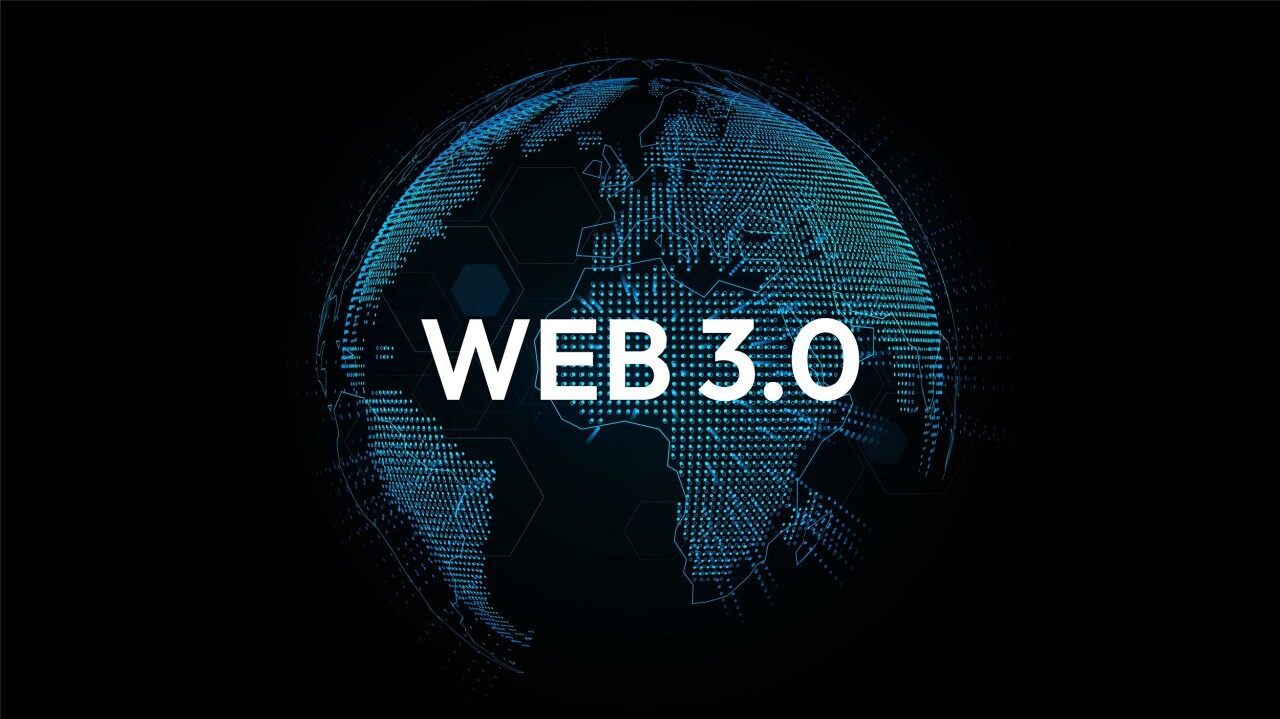
Web3 is characterized by blockchain protocols. They remove intermediaries, increase transparency while making automated agreements, and are self-enforcing without external oversight.
Web3 is an effective solution to reduce the inherent system and data vulnerabilities of Web2. It creates an ecosystem where individuals, rather than corporations, decide the rules of interaction.
Some examples
- Decentralized social networks: Lens Protocol, Farcaster – Users retain control of their content, identity, and monetization without platform censorship.
- Blockchain-based marketplaces: OpenSea, Rarible – Peer-to-peer NFT trading platforms that verify ownership and transactions through smart contracts.
- Decentralized storage networks: Filecoin, Arweave, Storj – Blockchain-secured storage solutions that distribute data across nodes without central control.
- Web3 streaming platforms: Audius, Theta Network – Decentralized content-sharing models that reward creators with token incentives while reducing reliance on intermediaries.
- Cryptocurrency payment networks: Bitcoin, Ethereum, Solana Pay – Transactions happen without banks or payment gateways, verified through decentralized consensus mechanisms.
Key features
- Decentralized infrastructure: Public blockchain networks replace centralized servers and redistribute control across independent nodes using cryptographic consensus mechanisms.
- Self-sovereign identity: Cryptographic wallets authenticate users without the need for third-party oversight. It cuts off the reliance on centralized identity verification systems.
- Smart contract automation: Immutable, self-executing agreements trigger predefined actions upon specific conditions, eliminating manual enforcement and mitigating counterparty risk.
- Tokenized digital ownership: Cryptographic assets, including NFTs and utility tokens, authenticate provenance and establish exclusive rights to digital and physical assets.
- Permissionless transactions: Peer-to-peer mechanisms facilitate unrestricted value exchange, thereby avoiding intermediaries and geopolitical barriers in cross-border interactions.
- Zero-knowledge privacy: Advanced cryptographic techniques protect transaction data, proving validity without revealing underlying details to unauthorized entities.
- Interoperable protocols: Cross-chain architectures bridge multiple blockchain ecosystems, optimizing liquidity, functionality, and asset mobility across platforms.
- Decentralized autonomous governance: Community-driven frameworks dictate protocol upgrades and strategic decisions through on-chain voting mechanisms.
Pros and cons
| Pros | Cons |
|
|
You can also read this article: Web3 Payment Revolution: Pioneering a New Era of Finance in Singapore
Web2 vs Web3: History of Evolution
The transformation of the Internet, by its very nature, occurred through fundamental changes in architecture, control, and economic structure. Among them:
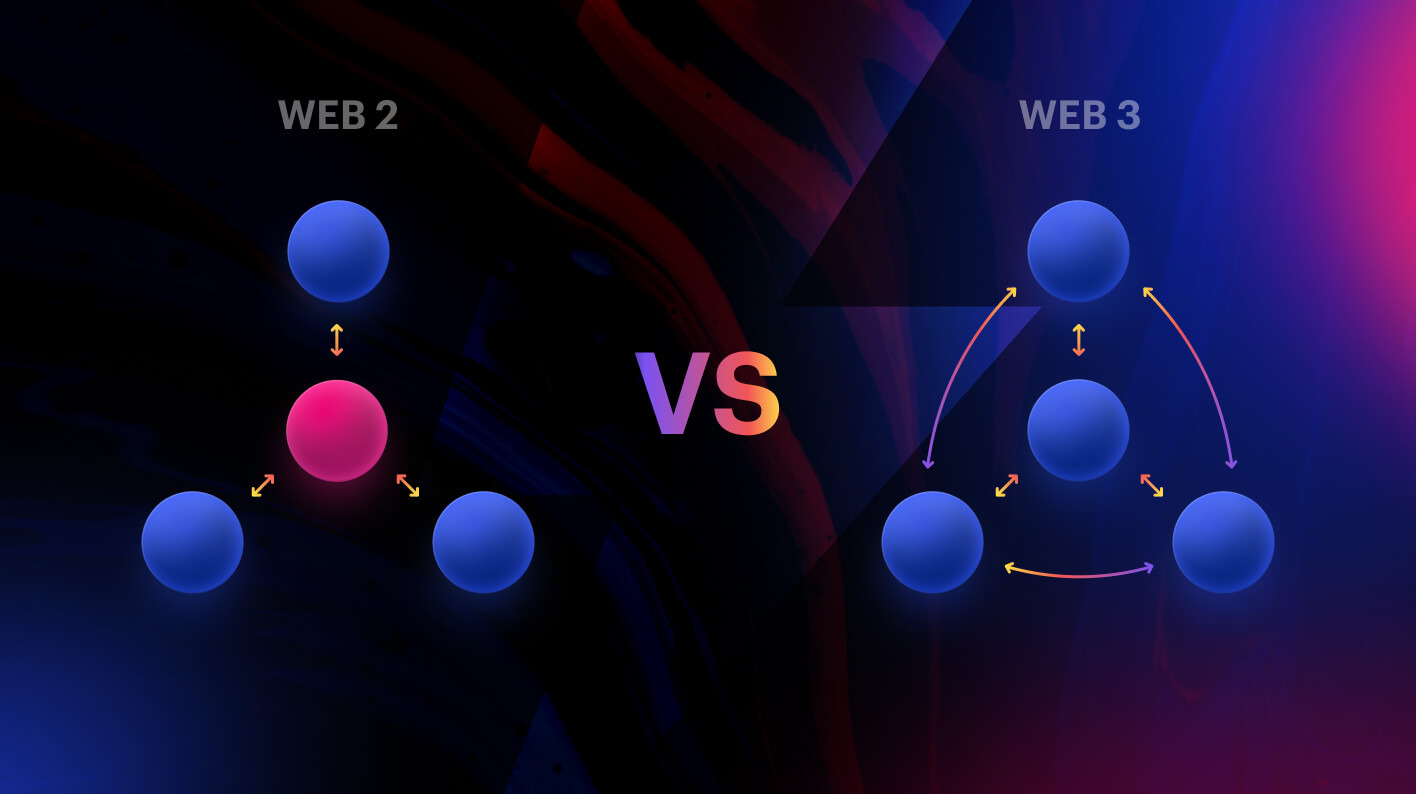
- Web1 introduced static content delivery, limiting digital interaction to passive consumption.
- Web2 redefined interaction, centralizing data control in enterprise platforms to optimize scalability, efficiency, and monetization.
- Web3 dismantled centralized dependencies and restructured digital ownership through decentralized cryptographic frameworks.
More specifically, Web2 emerged as bandwidth infrastructure expanded. It enabled interactive applications to expand global connectivity. Social media, cloud computing, and mobile ecosystems defined an era in which corporations dictated platform rules, moderated content, and extracted economic value from user-generated data.
Meanwhile, Web3, between Web2 vs Web3, surfaced as a counterforce. Working with blockchain-based protocols that authenticate trust through algorithmic consensus, it removes institutional dependencies and facilitates peer-to-peer transactions without centralized control.
The architectural transition between Web2 vs Web3 remains iterative. They combine centralized efficiency with decentralized autonomy, with hybrid architectures that integrate blockchain verification into legacy systems to balance regulatory compliance with cryptographic security.
Some technological milestones:
| Era | Key innovations | Impact |
| 1990s (Web1) | Static HTML websites | Read-only content with minimal user interaction |
| 2000s (Web2) | Centralized platforms, social media | User-generated content within corporate silos |
| 2010s (Web3) | Blockchain, smart contracts, crypto assets | Decentralized data ownership and automated trust |
| 2020s (Web3 Expansion) | DeFi, NFTs, DAOs, cross-chain protocols | Tokenized economies and decentralized governance |
Between Web2 vs Web3: Different Points You Must Know
| Features | Web2 | Web3 |
| Control and governance | Centralized corporate authority | Decentralized community-driven governance |
| Data ownership and privacy | Platform-controlled user data | Self-sovereign identity and cryptographic ownership |
| Economic structures and monetization | Platform-centric revenue models | Decentralized token economies and direct incentives |
| Security and trust mechanisms | Institutional trust with centralized verification | Cryptographic trust with blockchain consensus |
| Scalability and performance | High-speed centralized infrastructure | Distributed validation with latency trade-offs |
| Content moderation and censorship | Algorithmic filtering under corporate policies | Immutable content storage with decentralized oversight |
Control and governance
For decades, Web2 dictated top-down rules, where corporations determined platform policies, financial structures, and user privileges. Every decision, from account access to content moderation, required adherence to corporate guidelines. The digital space functioned as a corporate-owned ecosystem, where users interacted within predefined boundaries and were somewhat controlled by the owners.
However, the emergence of Web3 disrupted this model. When comparing Web2 vs Web3, Web3 shifted governance into the hands of network participants. Instead of pre-existing rules, decentralized autonomous organizations (DAOs) put governance in token-based voting systems. It relied on smart contracts to make changes based on collective agreement.
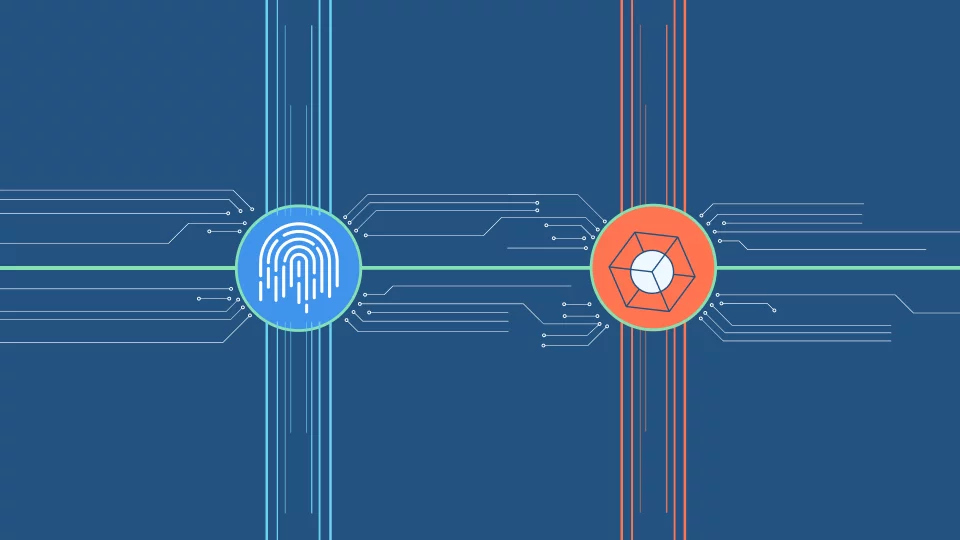
As a result, decision-making evolved from institutional oversight to algorithmic consensus, eliminating hierarchical control over digital spaces.
Data ownership and privacy
In Web2, user data exists as a corporate asset, continuously collected, stored, and monetized in centralized databases. Every login, every transaction, and every digital transaction becomes a dataset fed to proprietary algorithms. Because of this, individuals engaged with platforms but never truly owned their digital identities, as personal data remained locked within corporate infrastructures.
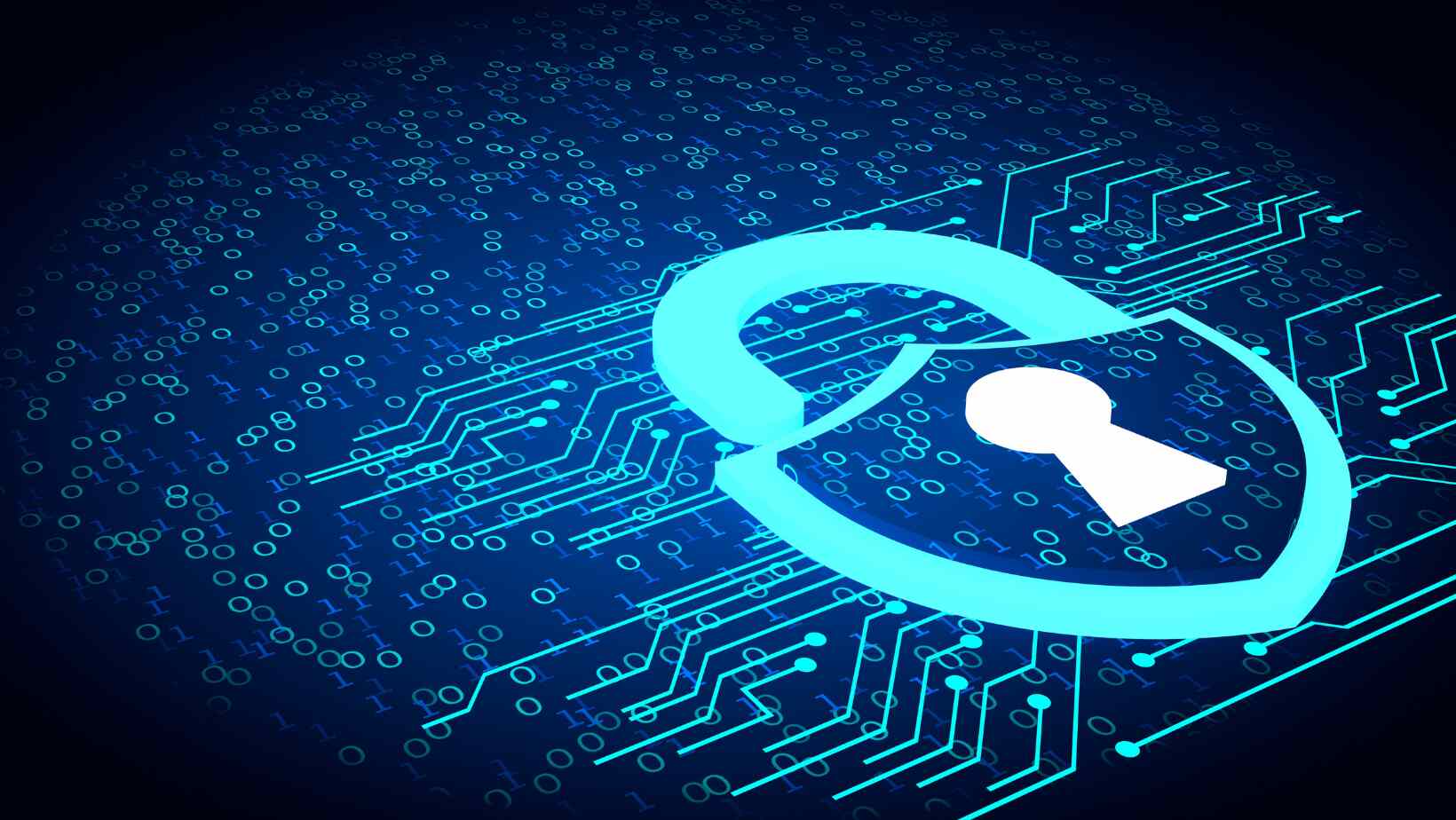
In contrast, Web3, when compared to Web2 vs Web3, rejects this framework by embedding ownership of identity and data directly into cryptographic systems. Instead of companies storing user data, individuals controlled access through decentralized identifiers. Unlike Web2, where third parties dictated data policies, Web3 structures privacy through blockchain mechanisms that secure interactions without exposing personal details.
Economic structures and monetization
During the expansion of Web2, digital interactions revolved around advertising-driven business models, where platforms earned revenue while users remained passive participants. Social networks, search engines, and e-commerce platforms accumulated wealth from user-generated content and engagement. This structure kept revenue orbiting and focused on assets that the company already owned.
Web3 is the opposite. Between Web2 vs Web3, it decentralizes financial value through tokenized incentives. Rather than monetizing user activity, decentralized applications (dApps) distribute economic value through blockchain-based mechanisms. It integrates financial participation directly into user interactions through smart contracts. Users gain financial stakes in the ecosystems they contribute to – that’s the win-win effect that Web3 brings.
Security and trust mechanisms
Web2, when compared Web2 vs Web3, enforces security through centralized control, where platforms secured accounts using passwords, encryption, and regulatory compliance measures. Trust depends on institutions, requiring users to rely on corporate-managed authentication systems. Auditing and preventing harm is entirely up to corporations.
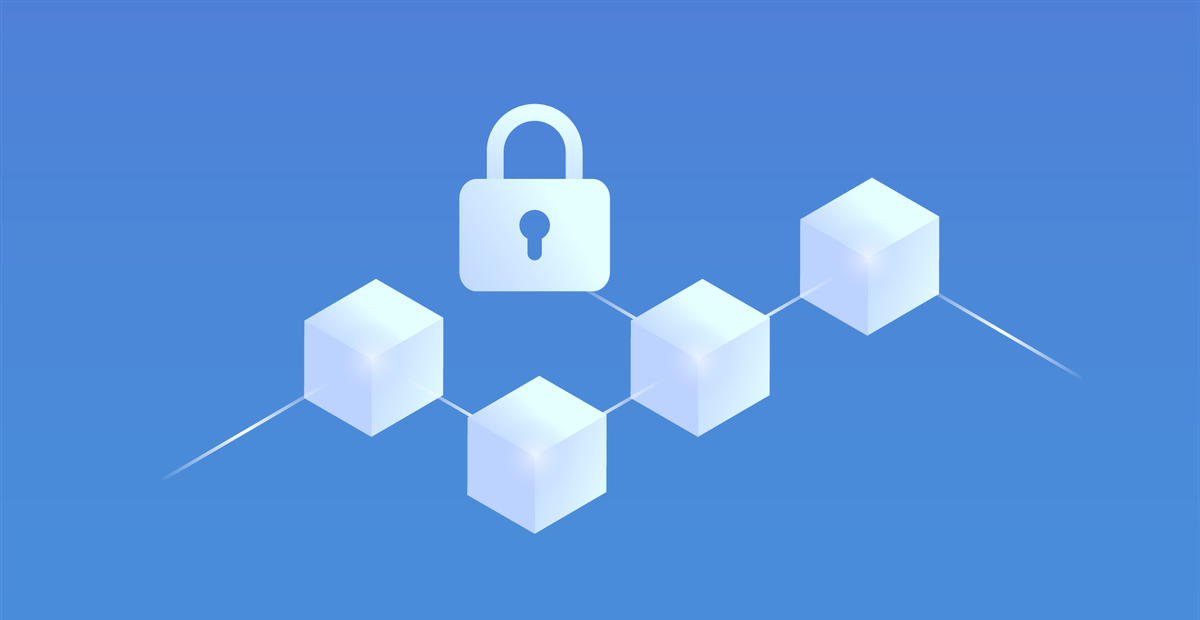
But Web3 is different. It authenticates users through private keys and eliminates the need for corporate security measures. Web3 completely shifts power back to the user, as they are the ones who manage their own cryptographic credentials. Consequently, privacy is fully enforced, with no information being exposed to any third party.
Scalability and performance
With Web2, centralized data centers precisely process requests to route information across high-performance cloud networks. Transactions, content delivery, and real-time interactions happen in milliseconds, optimizing digital experiences at scale. Every action remained fluid, every platform was engineered for seamless responsiveness with Web2.
But this process is optimized more than ever with the raw performance of Web3, when compared Web2 vs Web3. Instead of routing transactions through singular data centers, blockchain networks distribute computational workloads across multiple nodes. Every transaction requires validation through a consensus mechanism. Web2 optimizes speed through centralization, while Web3 builds security through distributed consensus.
Content moderation and censorship
Under Web2, content is created under the control of corporations. They control every last detail, from how it is displayed, to the algorithms that shape the story, to the censorship policies. Your digital content can be removed based on policy changes, legal orders, or commercial interests. All content formats are on the same system controlled by a centralized entity.

Web3, between Web2 vs Web3, allows users to own their own content. Persistence transcends the control of a third party or individual. And immutability becomes a reality, as published content cannot be replaced or removed at will. But there is a downside: while this eliminated centralized censorship, it also introduced new complexities, shifting governance into the hands of communities rather than corporate entities.
Challenges When Transferring From Web2 to Web3 and Experts’ Advice For A Smooth Journey
Shifting from Web2 to Web3 disrupts data control, security, and user interactions, creating operational, regulatory, and adoption challenges. You’ll encounter more challenges than you think, and it’s worth considering the advice of our team of experts.
#1 Complexity of decentralized systems
The journey from structured ecosystems to Web2 vs Web3 is not an easy technological process. Legacy infrastructures still operate in a familiar environment, where centralized authorities dictate data flows, security protocols, and governance models.
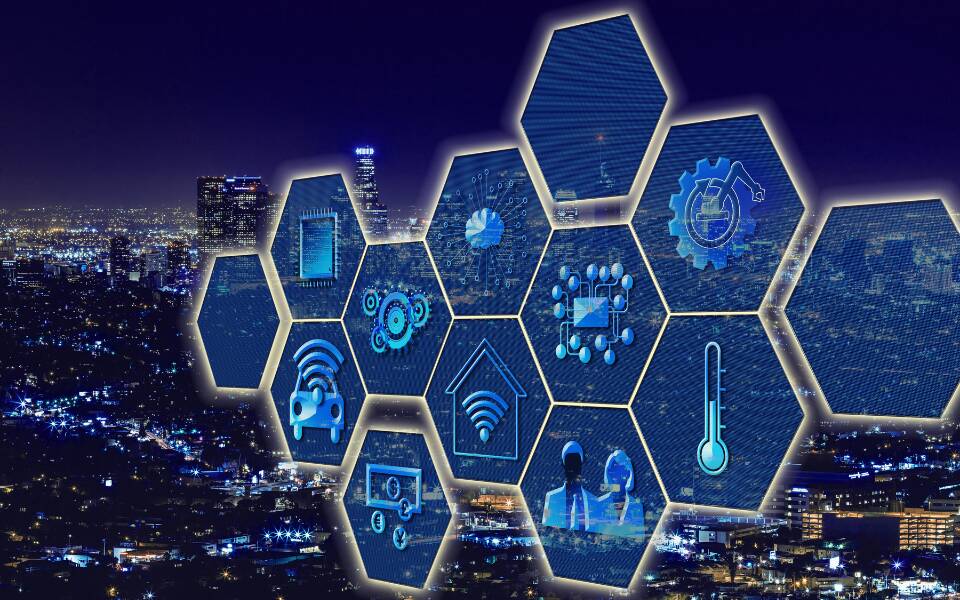
Removing these centralized controls disrupts workflows, complicates compliance, and demands entirely new technical expertise. Without clear oversight, businesses face fragmented ecosystems, increased security risks, and a steep learning curve in managing decentralized architectures.
Advice from our experts:
- Progressive system integration mitigates complexity shocks. Rather than abrupt overhauls, businesses integrate decentralized elements incrementally, aligning legacy workflows with blockchain functionalities.
- Collaborating with high-quality Web3 solution providers reduces technical risks. Established blockchain infrastructure providers streamline deployment, and offer proven frameworks that enhance stability and scalability.
- Modular development frameworks accelerate adoption. Composable architectures refine interoperability. It allows enterprises to integrate blockchain components without dismantling existing digital infrastructures.
#2 Regulatory uncertainty and compliance risks
If you’re using a Web2 framework, you’re probably familiar with pre-defined structures based on jurisdictions and standardized data governance policies. Moving between Web2 vs Web3 is a trendy move, but decentralized finance, tokenized assets, and early self-executing contracts may disrupt this security.
Unclear guidelines expose businesses to compliance risks, legal disputes, and difficulties in handling cross-border operations. Without clear laws, companies face uncertainty in decision-making, financial planning, and long-term stability.
Expert’s advice:
- Regulatory foresight strengthens operational resilience. You should work with legal professionals specializing in digital assets and decentralized finance to interpret evolving regulations. Clear legal guidance reduces uncertainty in compliance planning.
- Strategic jurisdictional alignment minimizes legal exposure. Businesses keep Web3 initiatives within regions with transparent blockchain regulations. This mitigates risks associated with regulatory unpredictability.
- Adaptive compliance frameworks balance innovation and legality. You should structure operations to adapt quickly to regulatory updates across different jurisdictions. Proactive compliance frameworks prevent costly legal penalties and business disruptions.
#3 User experience and mass adoption barriers
Web2 platforms simplify access, making logins and transactions quick and effortless. However, decentralized systems from Web3 replace this ease with private key management, complex wallets, and irreversible transactions, making adoption difficult. High gas fees, security concerns, and unfamiliar processes discourage users, creating hesitation and frustration.
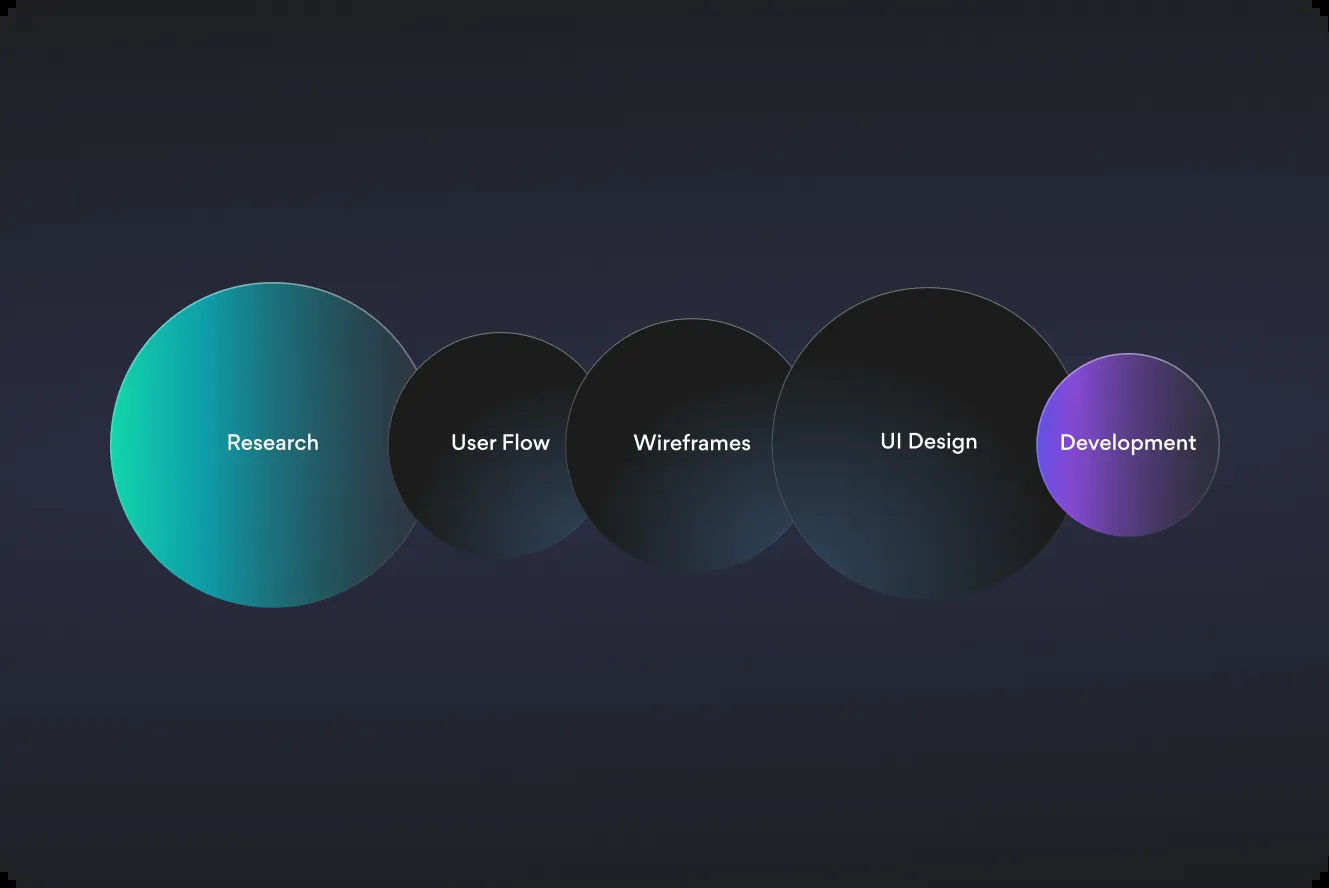
Expert’s advice:
- Integrate familiar Web2 elements into Web3 Interfaces. Adopt user-friendly interfaces with simplified authentication and transaction processes. Seamless onboarding increases user confidence and engagement.
- Educate users on Web3 security practices. You should provide clear guidance on key management, wallet security, and transaction verification.
- Leverage hybrid solutions for gradual adoption. Introduce Web3 elements through hybrid systems that retain Web2 convenience while integrating decentralized features.
Conclusion
Understanding the differences between Web2 vs Web3 defines strategic decision-making, risk management, and future scalability in an evolving digital landscape. Businesses equipped with this knowledge mitigate compliance risks, streamline technological adaptation, and position themselves for competitive advantage.
However, if you and your team advance through this transformation, you must confront regulatory ambiguities, architectural overhauls, and adoption barriers with precision-driven strategies.
Contact AHT Tech immediately for custom consultation about the journey of using Web2 vs Web3, with our expert’s insights and advice!


